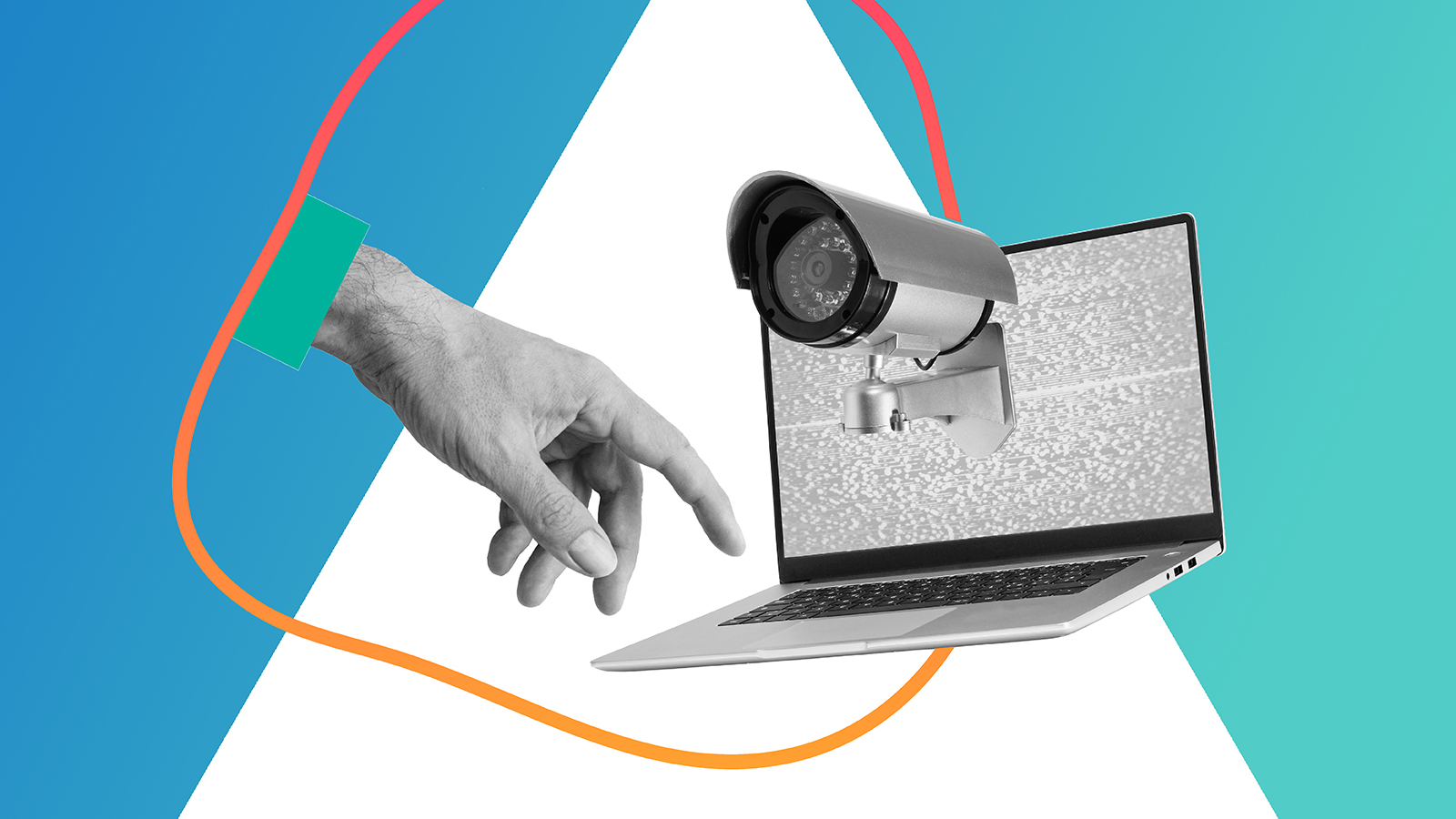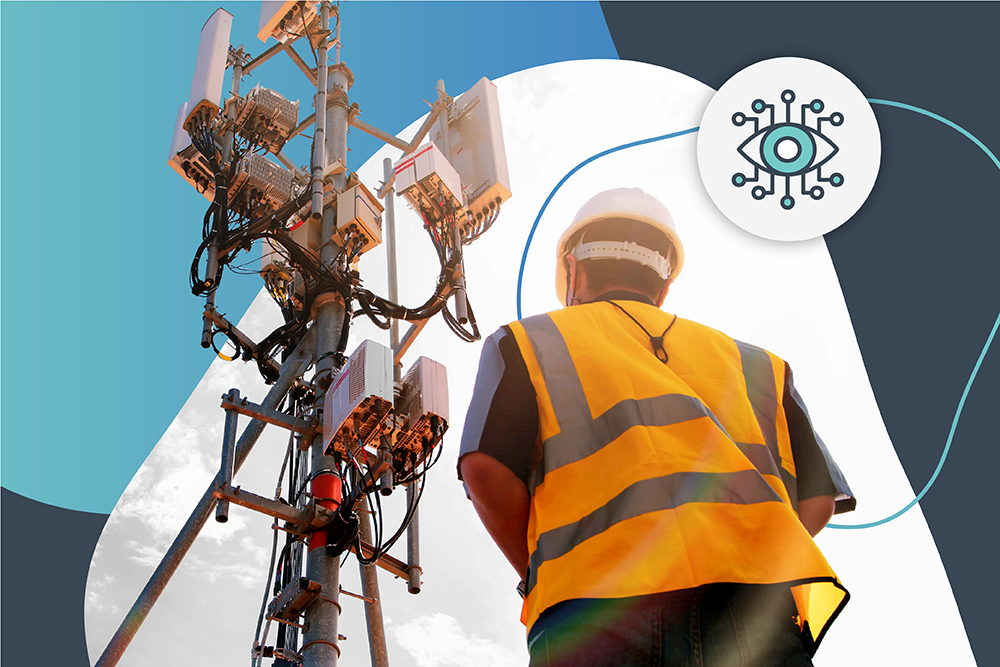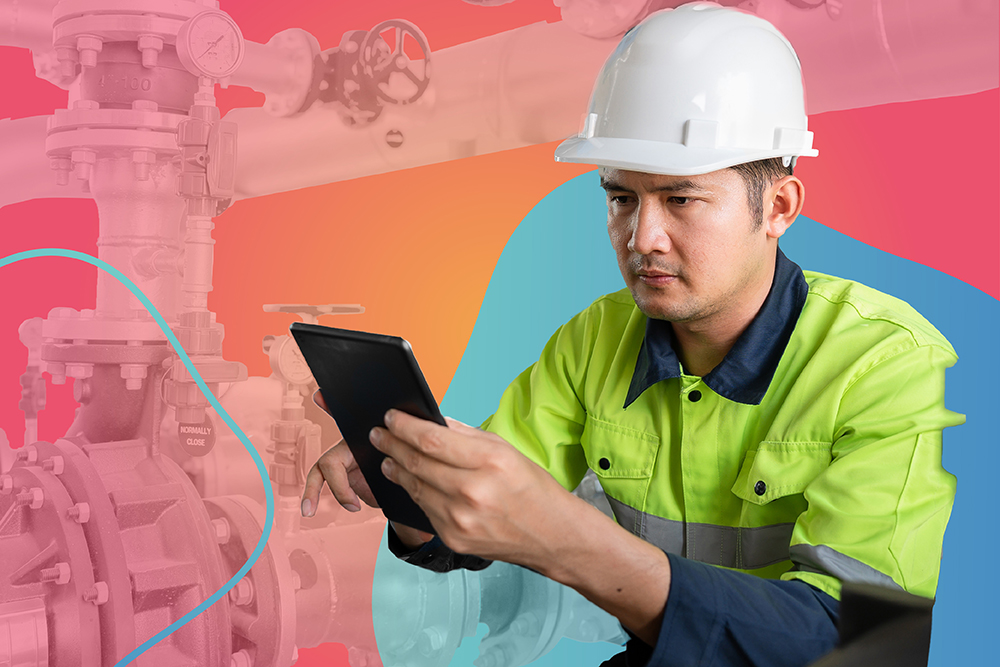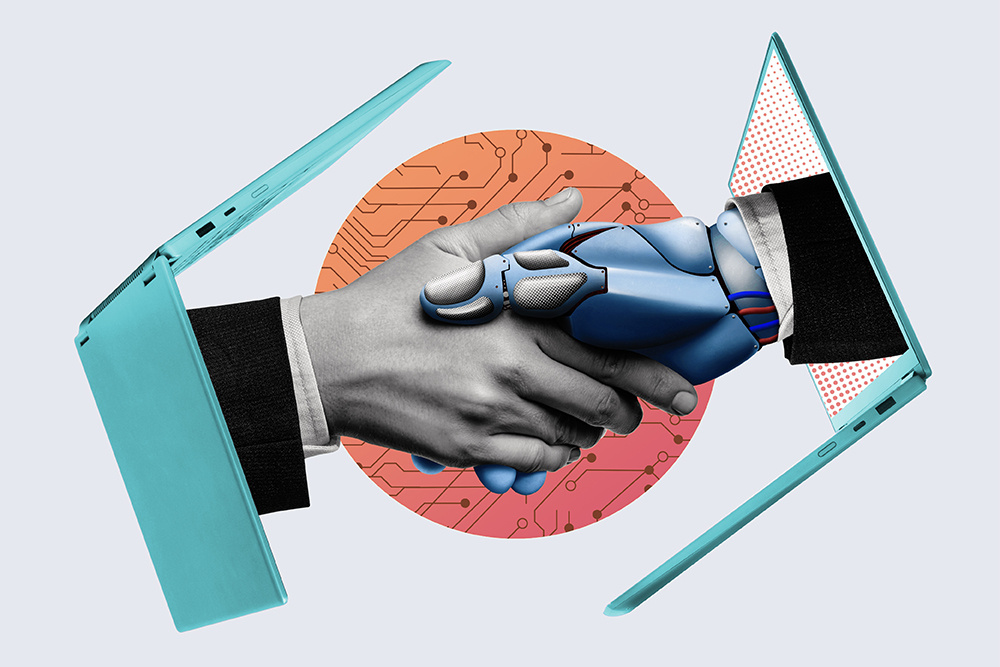5 min read
The Role of Computer Vision Software in Fibre Optic and Utility Field Operations
Computer vision applications are vast and varied, impacting industries ranging from manufacturing and automotive to energy and utilities. The...

Openreach's Physical Infrastructure Access (PIA) is critical in the UK's telco sector, with many Altnets relying on PIA to cut costs and optimise roll-outs. By enabling communication providers (CPs) to utilise Openreach's network infrastructure, PIA fosters competition and innovation within the telecom industry.
However, PIA's importance comes with its' fair share of technical challenges. From inaccurate photo submissions due to human error to work not being completed to the required standard – photo rejections can lead to time-consuming rework, increased costs, roll-outs and payment delays. However, Inveniam has a solution to this problem.
Openreach's PIA — an overview
Thousands of PIA notices and reports are submitted to Openreach every month. PIA has become an indispensable resource for communication providers seeking to expedite network deployments and manage costs through shared networks. It provides infrastructure access to alternative broadband network providers, or Altnets, enabling them to leverage Openreach’s extensive network infrastructure, accelerating network expansion.
To demonstrate work has been completed to the required standard, Openreach requests CPs to share pictures for two processes – Notices of Intent (NoI) and Network Adjustments. Network Adjustments are required if any problems with Openreach's infrastructure are discovered, such as network blockages. In this case, Openreach can be asked to solve the issue, or the CP can self-provide the Network Adjustment using form A55. Openreach will require both the A55 form and A55b civil evidence report, along with photographic evidence.
Openreach also requires photographic evidence at the build completion phase of the NoI. These images must show equipment installed by the communication provider either in shared ducts and chambers or on poles, of which there are over 4M for use across the UK. Openreach mandates that high-quality, clear, precise and accurate photographic proof is shared with them within five days of finishing the work. Openreach then uses these photos to:

Computer vision is a type of AI that involves developing algorithms and models that can process images and videos, recognise objects and patterns, and extract useful information from visual data through triggering actions or automated responses. In this case, computer vision can improve Openreach's PIA compliance process for CPs by streamlining and optimising several critical aspects of PIA operations.
Computer vision can assist in conducting photographic evidence checks with precision and speed, ensuring compliance with regulatory and quality standards. Ultimately, computer vision can lead to increased operational efficiency, reduced costs, faster deployment of communication services, and improved overall quality and compliance within the PIA framework.
How can Vision AI help?
Inveniam's solution has the potential to bridge the gap, improving the current PIA submission and sign-off process for CPs. Our solution can quickly identify errors in network infrastructure, pinpoint photos that are not Openreach-compliant before submission, and provide detailed and accurate real-time feedback to build contractors and PIA managers to resolve issues.
Altnets can choose between Inveniam's portal or API for hassle-free integration, tracking progress across the entire lifecycle – from uploading photos to reviewing results and completed predictions. CPs can also leverage custom dashboards on request, including personalised KPIs and predictive real-time analytics. Inveniam's AI-powered solution provides:


Our deployment with Axione in France showcases how our solution has been used to the benefit of both the prominent FTTP infrastructure operator and CPs utilising its shared infrastructure. Prior to deployment, Axione was only able to review 10% of photos submitted by CPs due to the time taken to manually review each photo and report the results.
Thanks to our AI solution, Axione is able to review 100% of the submitted photos, significantly speeding up the review process for CPs, and quickly detecting any issues across every non-compliant photo, totalling ~4 million images over 2 years. The collaboration has resulted in a remarkable 46% decrease in critical tickets and a 25% reduction in the number of cabinets with more than one anomaly.
The intricate technical challenges associated with PIA in the UK's telecom market necessitate cutting-edge solutions. Inveniam's computer vision solution offers a technical revolution to tackle the challenges of photo compliance head-on. CPs can utilise Inveniam's AI-powered visual automation to accelerate the process whilst reducing resource, rework, and Openreach costs, complying with the photographic evidence requirement necessitated by Openreach.

5 min read
Computer vision applications are vast and varied, impacting industries ranging from manufacturing and automotive to energy and utilities. The...

1 min read
From gas and water distribution to electricity supply, utility providers today face immense pressure to modernize and bring innovative technology to...

Computer vision isn’t just another AI-related buzzword – it’s fast becoming a vital part of different industries and our daily lives. Advances in...